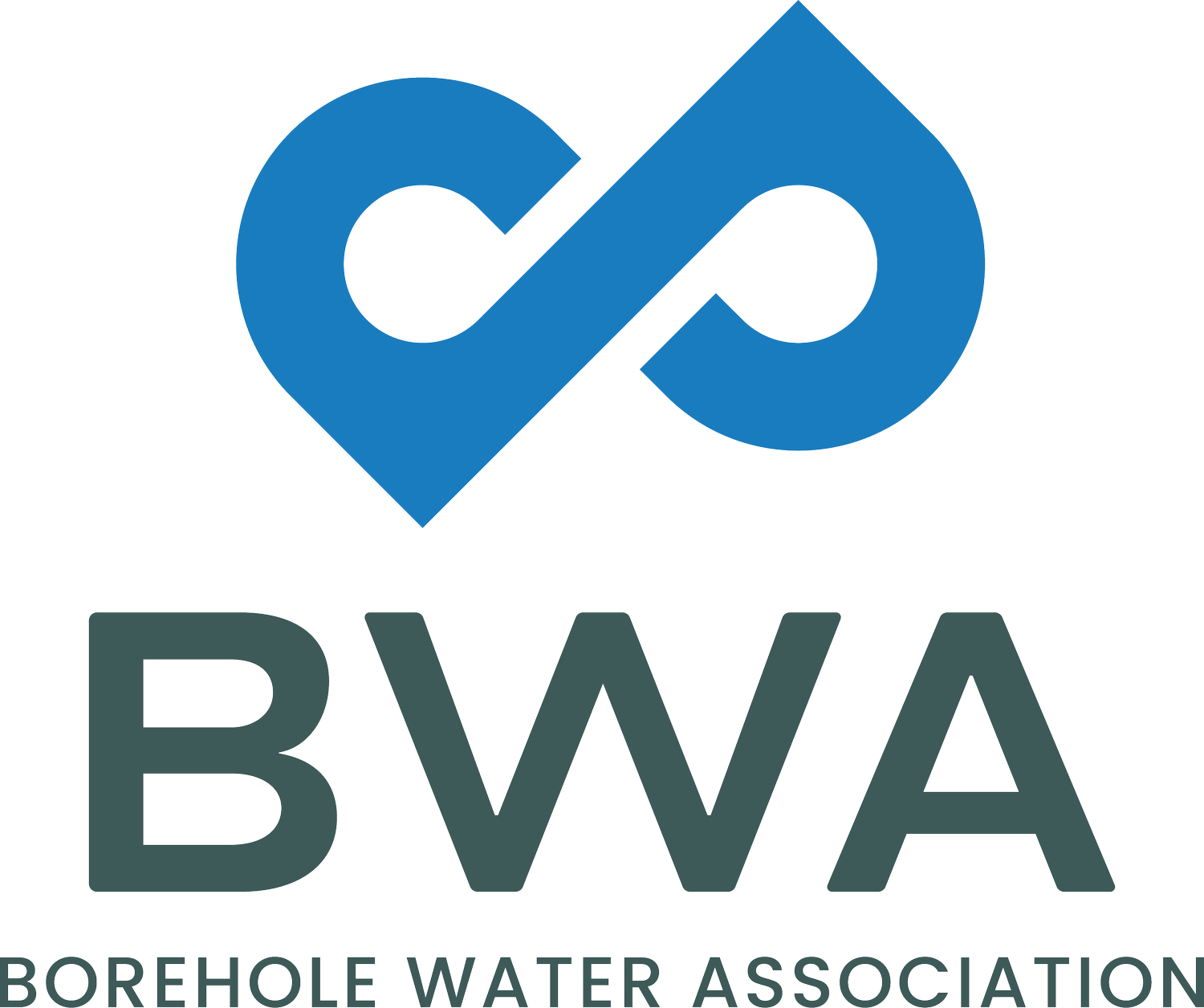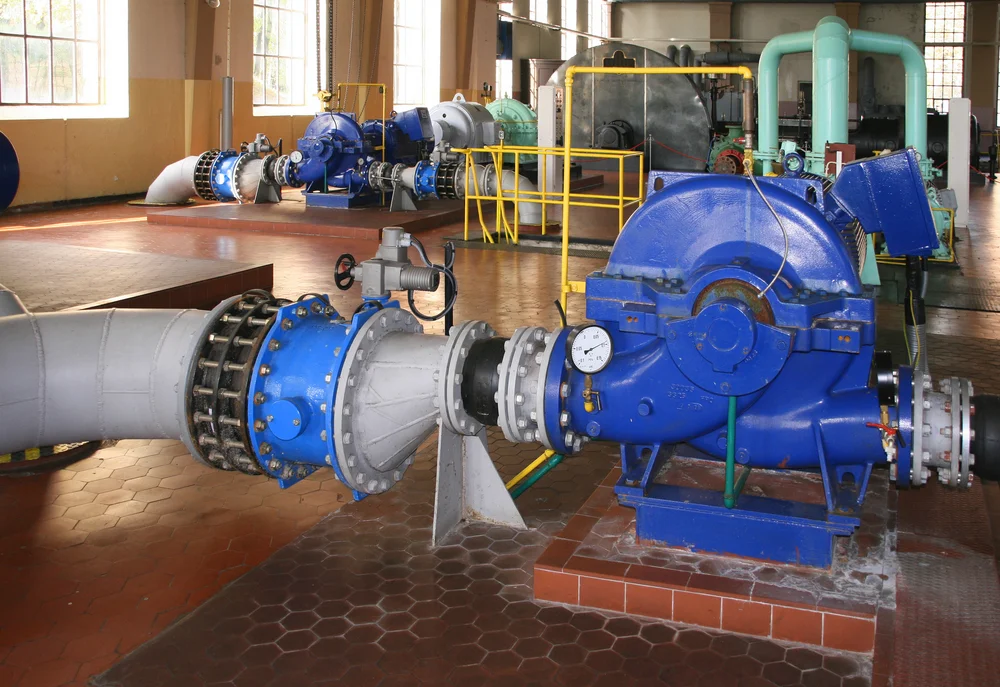South Africa’s first mine-water atlas is currently underway
/The ongoing Water Research Commission-funded study, the South African Mine Water Atlas, will provide water managers and policy makers with a comprehensive reference on the extent of mine-influenced water in the country, both on the surface and underground. It will assist in good management, regulation and setting policy. Once completed, it will be the most comprehensive document of its kind in South Africa.
Mining has been an integral part of the South African economy for over 100 years. The industry employs close to 500 000 workers and contributes 18% of the country’s gross domestic product. The mining sector is also a significant user of water in certain areas, with the water pollution problems associated with mining becoming well publicised in recent years.
Relatively small volumes of water are used by mining compared to other industrial sectors, but water is needed for extraction and concentration of metals and non-metallic minerals. Water is also used to generate electricity required for crushing ore, on-site processing, and smelting, refining and other aspects of treating resources to improve their properties. The crucial difference between mining and other industries is the severe and long-term nature of its impact on the aquatic and terrestrial environments – an impact which is widely acknowledged, but has not been mapped in South Africa.
The first chapters of the atlas will provide an introduction to mining-impacted water and its geological, hydrological and legal context, followed by the geographical foundations of water quantity, quality and distribution across South Africa. The Atlas will use various measures to illustrate South Africa’s hydrological characteristics by charting and mapping water resources at the regional scale.
Topics to be covered include water resources, water distribution, and the physical setting within which water is found. These features will be overlaid with a map of mining and mineral-refining activities in order to understand the locations at which surface and groundwater and mining collide.
The atlas will include challenges and opportunities facing South Africa, as it strives to improve the quantity, quality and protection and use of its water resources. Each of the mining-affected areas will be represented by discussing the challenge, the situation, the constraints and the opportunities.
The atlas will provide a province-by-province look at water availability and withdrawals, as well as water use by the mining sector. In addition, two of the most important water issues in each province will be identified and discussed.
“Progress on the study has received extremely positive and enthusiastic responses from both private and public organisations alike, says Dr Jo Burgess, WRC Research Manager. “A significant challenge from the study is getting access to the large amount of data residing with private consultants and the mining companies themselves. This is where the WRC’s mode of using reference groups to evaluate and monitor its research studies is crucial,” notes Dr Burgess. “If we didn’t have a collegial reference group full of people willing to share whatever data they can, the Atlas would not become a reality.” To date, contributions and pledges have been received from the Department of Water and Sanitation, Coaltech Research Association, the Chamber of Mines, Golder Associates Africa, CSIR, Anglo Gold Ashanti, SLR Consulting, Glencore, Anglo Platinum, BHP Billiton, the Department of Environmental Affairs, and the Council for Geoscience. “All of these organisations are being extremely generous with in-kind support of this project, and are sharing as much as they can,” says Dr Burgess.
The atlas will be published in 2016.
Contact: Research Manager, Dr Jo Burgess, Tel: 012 330 0340 Email: job@wrc.org.za.




